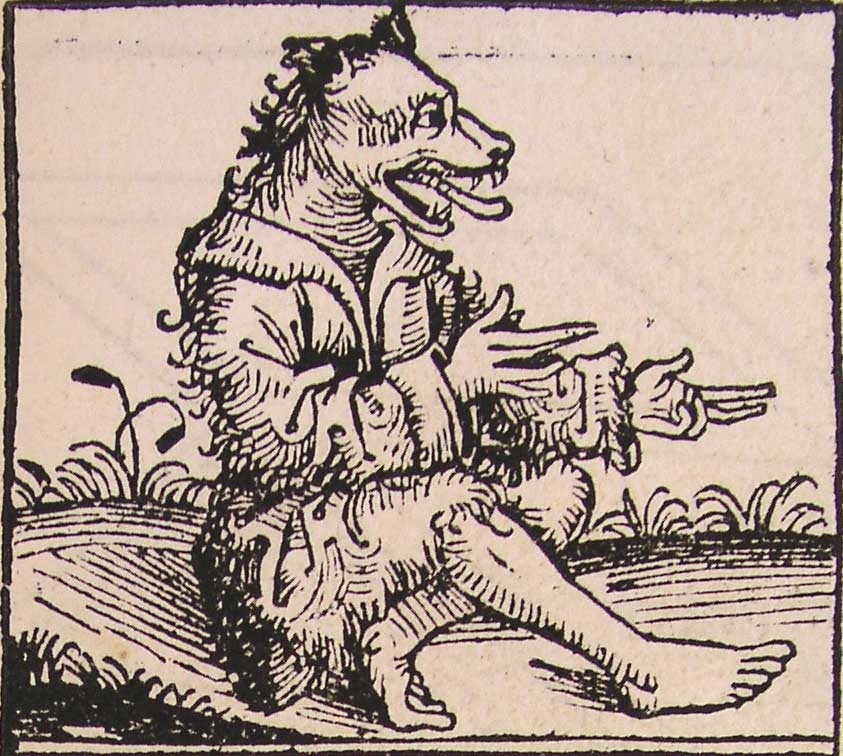It's both funny and instructive to read books about the world that come from ages ago. I mention this because one of my long-time printed companions is The Histories by Herodotus, which I've been reading intermittently for the past two years or so. There is no denying that Herodotus travelled widely, and that he'd seen much of the things he talked about, but part of the knowledge he set down came from talking to officials, priests, merchants, seamen, soldiers - most of the times probably through an interpreter. Herodotus knew the information could be doubtful, and he said so - after writing it down as a universally ackowledged truth.
On this point, while talking about the remotest places in the world (book 3, 115), Herodotus said "I have no reliable information about the western margins of Europe [...] despite my best efforts, I have been unable to find anyone who has personally seen a sea on the other side of Europe and can tell me about it."
In other words, he had no way of knowing whether the north of Europe was inhabited at all - although he knew the amber and tin the Greeks prized so much must have come from somewhere very remote indeed. To his credit, Herodotus didn't believe in the reports that maintained the north was inhabited by one-eyed people "who are in other respects identical in nature to the rest of mankind".
But the story itself was worth mentioning for entertaining purposes. The myth of strange folks living beyond the edges of the known world has endured and was attentively perpetuated. As such, dog-headed men appearing in Heodotus and other texts throughout antiquity, are still present in the Middle Ages. Partly out of respect for the established sources (auctoritates), partly out of a desire to amaze the readers, Marco Polo and Mandeville also tell of dog-headed people who ate their captured enemies. By the time Europeans were exploring the Americas and the remote corners of Asia, these creatures were very much a part of the collective imagination.
This made me think about knowledge which is taken as granted because it comes from an established source. It also made me think about people not being interested in finding out the truth because common knowledge or popular culture presents a different view of things.
Some good years ago, I went to a party. Chatting with the people there, I was asked at some point where I was from. I said I was from Romania, and the man wanted to know where exactly in Romania. When I said Transylvania, he took offence, saying that "why do I take him for a fool, as everybody knew Transylvania was not a real place". I protested it was too, and he brought the argument that "it's a made-up place because you have Count Dracula who's from over there, and then there's a Queen of Transylvania putting on an appearance in My Fair Lady." In the end, I convinced him about my native lands being real, helped by another Romanian who was present.
I suppose the moral would be that one should not take things for granted, and that it's good for people to read a bit more and also take a little interest in current affairs and geography.
Readers can form an image of a place from books, as long as they discern what is common sense, what is pure propaganda, what is flight of fancy, and what is an exaggeration for literary purposes.
This brings me to a subject I am rather fond of: how Romania is seen in books. I haven't read yet Georgina Harding's Painter of Silence, set in pre- and post-World War 2 Romania. It's on my to-read list, I hope to return to this subject soon.
I did read, however, Patrick McGuinness' The Last Hundred Days, and I know it shows a very believeable and true Romania under the rule of Ceausescu.
I did read, however, Patrick McGuinness' The Last Hundred Days, and I know it shows a very believeable and true Romania under the rule of Ceausescu.
There are some representations of Bucharest which are not exactly geographically correct, but this aspect did not bother me a jot. I was too caught by the incredible air of reality of the story, even in its most fanciful parts (such as an underground party / auction taking place in the Museum of History). This was because the characters - or rather the archetypes they represented - were true. So true that, with less than five minutes' thinking, I could point to real living (and dead) personages who made a seamless transition from Ceausescu's politruks to high priests of democracy and capitalism.

No comments:
Post a Comment